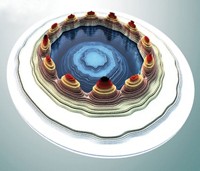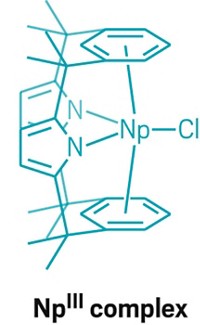Advertisement
Grab your lab coat. Let's get started
Welcome!
Welcome!
Create an account below to get 6 C&EN articles per month, receive newsletters and more - all free.
It seems this is your first time logging in online. Please enter the following information to continue.
As an ACS member you automatically get access to this site. All we need is few more details to create your reading experience.
Not you? Sign in with a different account.
Not you? Sign in with a different account.
ERROR 1
ERROR 1
ERROR 2
ERROR 2
ERROR 2
ERROR 2
ERROR 2
Password and Confirm password must match.
If you have an ACS member number, please enter it here so we can link this account to your membership. (optional)
ERROR 2
ACS values your privacy. By submitting your information, you are gaining access to C&EN and subscribing to our weekly newsletter. We use the information you provide to make your reading experience better, and we will never sell your data to third party members.
Physical Chemistry
Fullerene Traps Longest Metal-Metal Bond
Terbium atoms held inside C79N cage share a single electron
by Bethany Halford
September 17, 2008

By trapping two terbium atoms within a C79N fullerene cage, chemists have created the longest metal-metal bond measured to date (J. Am. Chem. Soc., DOI: 10.1021/ja802417d). The terbium atoms share a single-electron bond a tad more than 3.9 Å long.
A research team led by Alan L. Balch of the University of California, Davis, and Harry C. Dorn of Virginia Polytechnic Institute & State University prepared the endohedral fullerene along with an analog that holds a pair of yttrium atoms. To create the compounds, the researchers employed the Krätschmer-Huffman electric-arc process to vaporize graphite rods doped with either Tb4O7 or Y2O3. They then purified enough material for crystallographic and spectroscopic studies.
Computational analyses of the yttrium analog indicate that the compound is a very stable radical in which the metal atoms share an unpaired electron in their bonding orbital.
According to Dorn, these molecules represent a new class of stable heterometallofullerenes. Such compounds could could find practical applications as contrast agents for magnetic resonance imaging or could be used to deliver radioactive atoms in nuclear medicine.





Join the conversation
Contact the reporter
Submit a Letter to the Editor for publication
Engage with us on Twitter